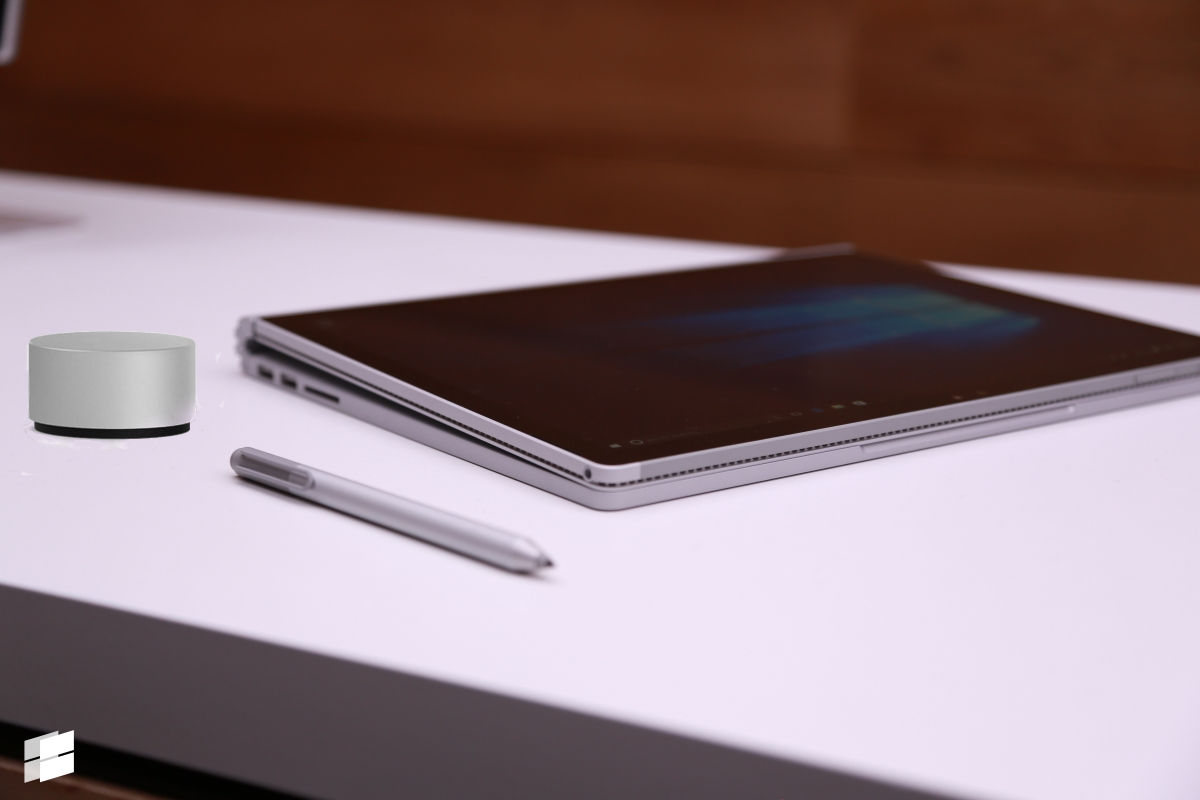Microsoft's Surface Book 2 being an ordinary laptop isn't such a bad idea
4 min. read
Published on
Read our disclosure page to find out how can you help MSPoweruser sustain the editorial team Read more

Microsoft is rumored to be making a new Surface Book that ditches the Surface Book’s convertible feature to become normal, run of the mill clamshell laptop.
While it is currently uncertain whether these rumors are accurate or just misinterpretations of what Microsoft is actually planning, it still raises interesting questions worth discussing.
Last week, my colleague Mehedi opined that the Surface Book’s unique detachable form factor was the Book’s best feature, further opining that:
Firstly, the 2-in-1 design is literally the best thing about the Surface Book and its USP. The 2-in-1 design is exactly what puts Microsoft’s Surface Book apart from boring devices like the new MacBook Pros or all the other Surface clones that we get to see every now and then. And if Microsoft does indeed drop the 2-in-1 design, they would virtually be competing with devices from their own OEM partners like Dell’s XPS 13 line or Lenovo’s Yoga line.
The Surface Book’s teardrop hinge truly is a unique design, and its clipboard like functionality is one that is innovative and rarely seen in other laptops – and perhaps there’s a reason for that.
Unlike Microsoft’s Surface Pro which spawned a host of imitators from big name OEMs, the Surface Book hasn’t had quite the same impact.
It has been speculated that a lot of Surface Book users simply use the Book as they would a regular laptop. This makes sense as the Surface Book is – when all is said and done – a fine laptop. Windows 10 itself is also an operating system that lends itself well to traditional desktop users.
While Microsoft has added features like Windows Ink and tablet mode to its new Windows editions, it is unlikely that a critical amount of users are engaging with these features on a day to day basis.
It is also worth noting that unlike the Surface Pro Microsoft does not sell the keyboards for the Surface Books separately, so you can’t discreetly upgrade your keyboard and internals over and over like you can with the Pro.
In addition heading back to 2015. Some of the few issues most reviewers had with the Surface Book can be traced down to the problematic hinge which leaves an unsightly gap between the screen and keyboard. Furthermore, there were issues with the Book recognizing the keyboard and glitching out while in use, forcing some users to have to reboot.
While these bugs aren’t widespread, it may be that the Surface Book’s hinge adds complexity and more points for device failure as well as increasing the total price of the device. Microsoft could very well be planning to eliminate the hinge to lower the price and improve reliability but keep the Surface Pen Support and the
While some may interpret a non-detachable Surface Book as a step-back from the two in one functionality of the Surface idea, this would be a strange position to adopt. The Surface Studio is also a non-detachable Surface device which is – for all intents and purposes – an all in one desktop. Its value lies in its incredible screen calibration and touch responsiveness, but the form factor itself is nothing new. There’s nothing stopping Microsoft from approaching the Surface Book from another angle – especially as the Surface Pro already completes the function of convertible ultrabook.
Microsoft could also conceivably improve the Surface’s hinge by simply making it more flexible than a traditional laptop, allowing it to form into tents and lean all the way back. Even without a removable clipboard, with the Surface Pen and a Surface Dial in hand, there should be no confusion that a revamped Surface Book is still a Surface device.









User forum
0 messages